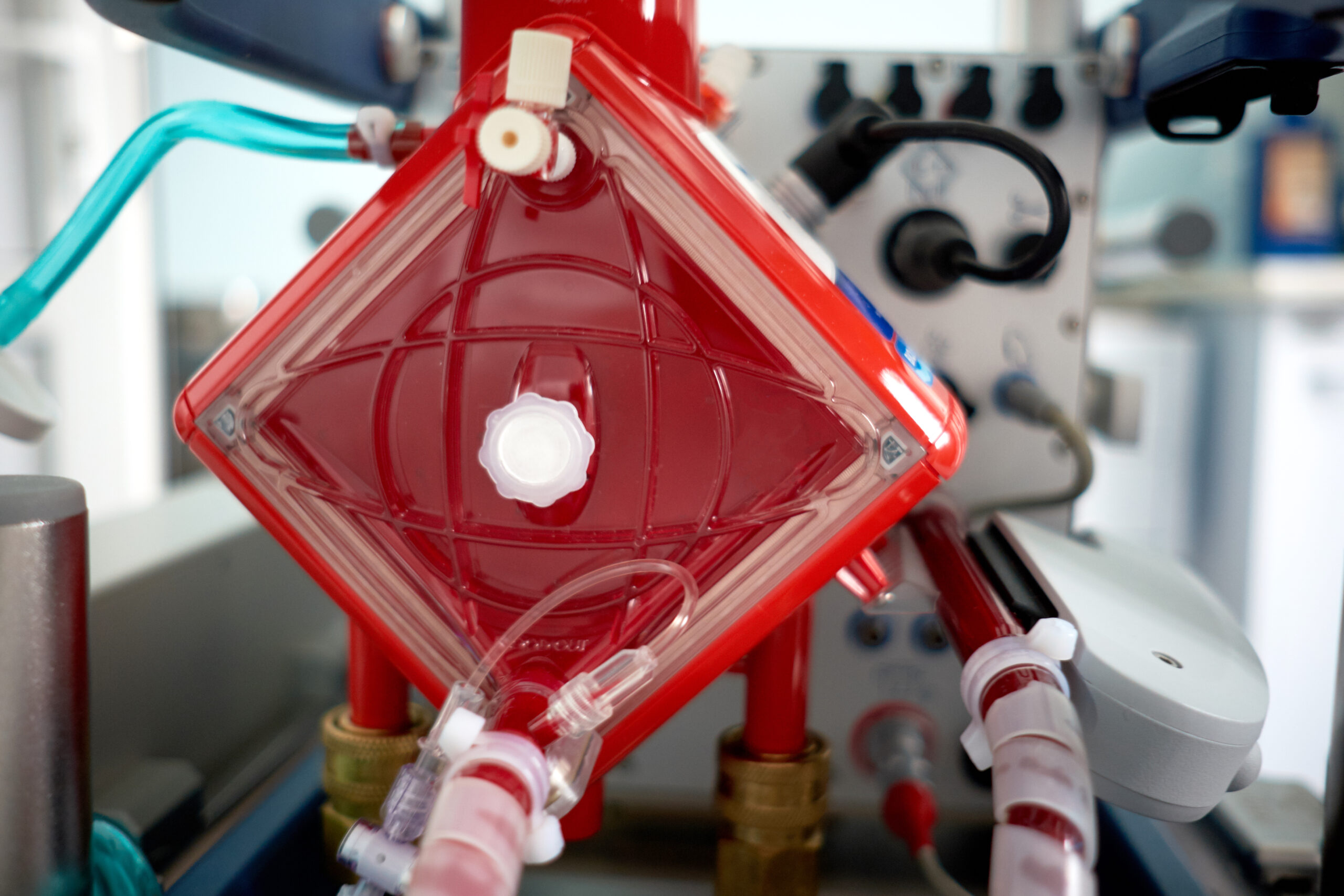Brain Injury in Extracorporeal Membrane Oxygenation: A Multidisciplinary Approach

Extracorporeal membrane oxygenation (ECMO) represents an established technique to provide temporary cardiac and/or pulmonary support. ECMO, in veno-venous, veno-arterial or in extracorporeal carbon dioxide removal modality, is associated with a high rate of brain injuries. These complications have been reported in 7 to 15% of adults and 20% of neonates, and are associated with poor survival. Thromboembolic events, loss of cerebral autoregulation, alteration of the blood–brain barrier, and hemorrhage related to anticoagulation represent the main causes of severe brain injury during ECMO. The most frequent forms of acute neurological injuries in ECMO patients are intracranial hemorrhage (2–21%), ischemic stroke (2–10%), seizures (2–6%), and hypoxic–ischemic brain injury; brain death may also occur in this population. Other frequent complications are infarction (1–8%) and cerebral edema (2–10%), as well as neuropsychological and psychiatric sequelae, including posttraumatic stress disorder.
